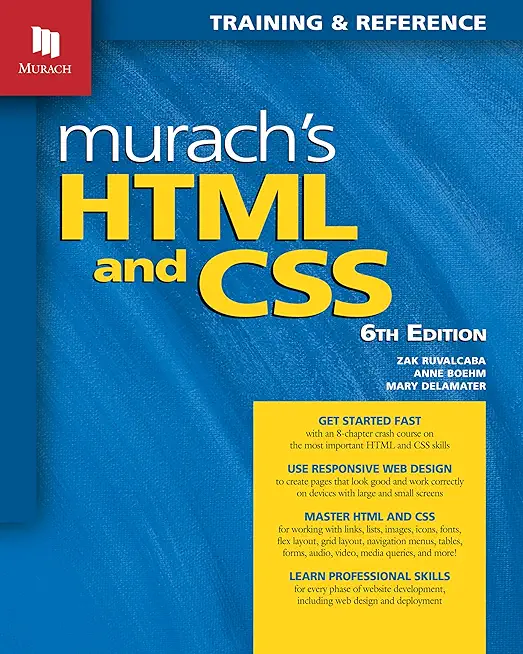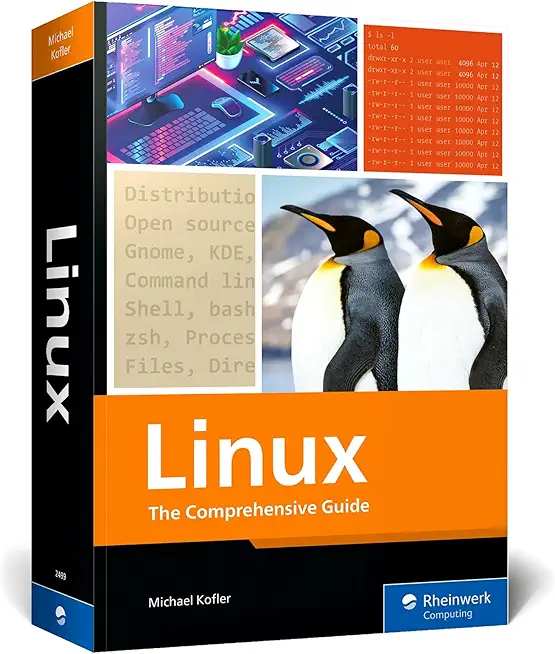Java Fundamentals for Non-C Programmers Training in Greenville
|
We offer private customized training for groups of 3 or more attendees.
|
||
Course Description |
||
| Java Fundamentals for Non-C Programmers rev 5.2.1 This course is paced
to provide a solid foundation in Java for programmers without syntax
experience in a C-based language. Intensive and hands-on, the course
emphasizes becoming productive quickly as a Java programmer. Besides
learning the basic structure and syntax of the language, students will
also learn object-oriented principles and how they are applied in Java
applications. The course then covers several of the provided API
packages, such as I/O streams, collections, Swing GUI programming, and
accessing a database with JDBC. This course is current to Java 7 and
uses the Eclipse IDE.
Course Length: 5 Days
Course Tuition: $2250 (US) |
||
Prerequisites |
|
| Professional programming experience in a high level language, such as COBOL and Visual Basic | |
Course Outline |
|
1. Course Introduction
19. JDBC SQL Programming
Error Checking and the SQLException
Class
The SQLWarning Class
JDBC Types
Executing SQL Queries
ResultSetMetaData
Executing SQL Updates
Using a PreparedStatement
Parameterized Statements
Stored Procedures
Transaction Management
20. Appendix A – Advanced JDBC
JDBC SQL Escape Syntax
The execute() Method
Batch Updates
Updateable Result Sets
Large Objects
Working with Savepoints
RowSets
CachedRowSet
DataSources
|
Course Directory [training on all levels]
- .NET Classes
- Agile/Scrum Classes
- AI Classes
- Ajax Classes
- Android and iPhone Programming Classes
- Azure Classes
- Blaze Advisor Classes
- C Programming Classes
- C# Programming Classes
- C++ Programming Classes
- Cisco Classes
- Cloud Classes
- CompTIA Classes
- Crystal Reports Classes
- Data Classes
- Design Patterns Classes
- DevOps Classes
- Foundations of Web Design & Web Authoring Classes
- Git, Jira, Wicket, Gradle, Tableau Classes
- IBM Classes
- Java Programming Classes
- JBoss Administration Classes
- JUnit, TDD, CPTC, Web Penetration Classes
- Linux Unix Classes
- Machine Learning Classes
- Microsoft Classes
- Microsoft Development Classes
- Microsoft SQL Server Classes
- Microsoft Team Foundation Server Classes
- Microsoft Windows Server Classes
- Oracle, MySQL, Cassandra, Hadoop Database Classes
- Perl Programming Classes
- Python Programming Classes
- Ruby Programming Classes
- SAS Classes
- Security Classes
- SharePoint Classes
- SOA Classes
- Tcl, Awk, Bash, Shell Classes
- UML Classes
- VMWare Classes
- Web Development Classes
- Web Services Classes
- Weblogic Administration Classes
- XML Classes
Java Programming Uses & Stats
|
Difficulty
|
Popularity
|
Year Created 1995 |
|
Pros
Most Commonly Used:
Great Career Choice:
Android Apps Development:
It Can Run On Any Platform:
Great Supporting IDE's: |
Cons
Uses a Lot of Memory:
Difficulty in Learning:
Slow Start Up Times:
Verbose and Complex Code:
Commercial License Cost: |
| Java Programming Job Market |

Average Salary
|

Job Count
|

Top Job Locations
New York City |
|
Complimentary Skills to have along with Java Programming
- If you are an experienced Java developer, learning a complimentary language to Java should come much more naturally. As an example JetBrains recently created the Kotlin programming language which is officially supported by Google for mobile development. Kotlin compiles to Java bytecode and runs on the JVM; it's purported to address many of Java's shortcomings... |






